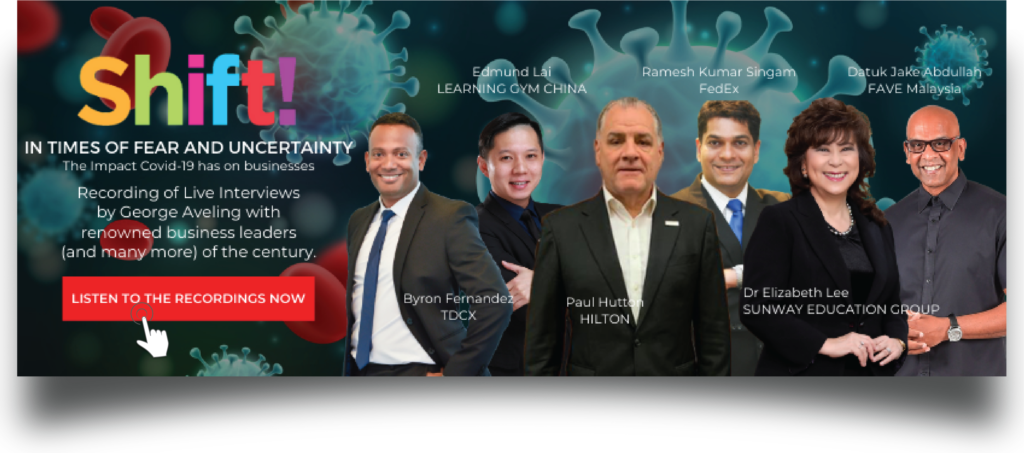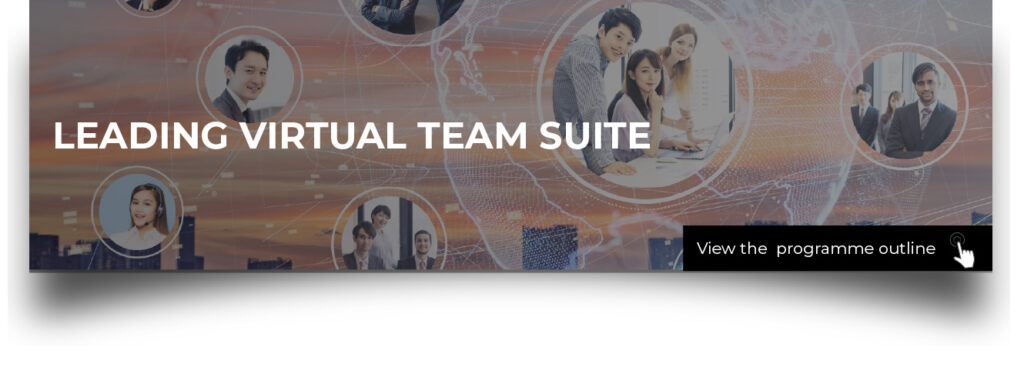Is your organisation geared up for success in the “new normal”?
THE CUSTOMER EXPERIENCE IN TIMES OF CHANGE
This is a series of articles that focus on the customer experience in unique and changing times.
Marshall Goldsmith was right when he wrote his book, “What Got You Here Won’t Get You There.” We believe that we understand our customers. We developed ways to deliver customer experiences that create happy and loyal customers.
And then, the world changed. Suddenly. Without warning.
At first, we thought the pandemic meant that we would have lockdowns. And then life would go back to normal. How wrong we were.
The pandemic has profoundly changed the world.
It has changed what customers value. It has changed how customers behave. This will have major knock-on effects to the service experience that we offer. It will have an impact on how we deliver that experience.
And, in a work-from-home environment, it will have a major impact on our employees.
In this world, we need to let go of beliefs and practices that were so important to us.
I conducted a number of interviews with CEOs of major organisations on the subject of “leading in uncertain times”. A theme that came out of interviews was that, in uncertain times, planning-implementation cycles had to go down from months to days. The pandemic crisis forced agile thinking on us.
I know this from first-hand experience. Our cash flow nose-dived to zero for months. Our world had changed overnight.
To succeed, we needed to quickly adopt a courageous, agile mindset. We might have not been quick to react in the past. But we had to change fast once the pandemic hit.
Being agile means to be responsive to change in an uncertain world. It means observing and adapting quickly.
We moved quickly. We assessed where the market was at. We sought advice. We experimented in virtual learning design and virtual delivery. We experimented with different ways to increase workplace performance in a world of virtual learning.
We made mistakes. We learned. We transformed.
This agile mindset accepts imperfection. It puts products or services out there, waiting for market feedback to help to take them to the next stage of development. We did this. Every mistake that we made was a movement up the learning curve.
Some companies were born into an agile thinking world. Start-ups have one speed – fast. They naturally have an agile, courageous, let’s-explore-the-unknown mindset. These organisations are change-ready.
More established organisations are structured to be change resistant, to maintain the current way of doing things. We have a client that wants to move into the digital age. However, the organisational culture, systems and structures present major barriers. The organisation does not tolerate mistakes. The culture is based on detailed planning to create wonderful outcomes that the organisation is proud of. Key mindsets around “agile” and “experimentation” are alien to this organisation.
Toys R Us is a classic example of a company that failed due to change resistance. The world was changing around it. On-line shopping was growing fast, and looming a as a major threat. With the onset of on-line shopping, customers became accustomed to low price, a wide choice of products and convenience. Toys R Us was not structured for change. It failed.
So, here’s the message.
We are living in uncertain times. Survival and success will come from courageously adapting to the changing environment.
In articles to follow, I will share with you how customers have changed, and what organisations need to be aware of, and focus on, to thrive.
Until then.
ABOUT THE AUTHOR
George Aveling is a customer experience expert. He is sought after by major organisations to help them build their brands through the customer experience, and to build cultures to sustain it. You can contact George on george@tmimalaysia.com.


